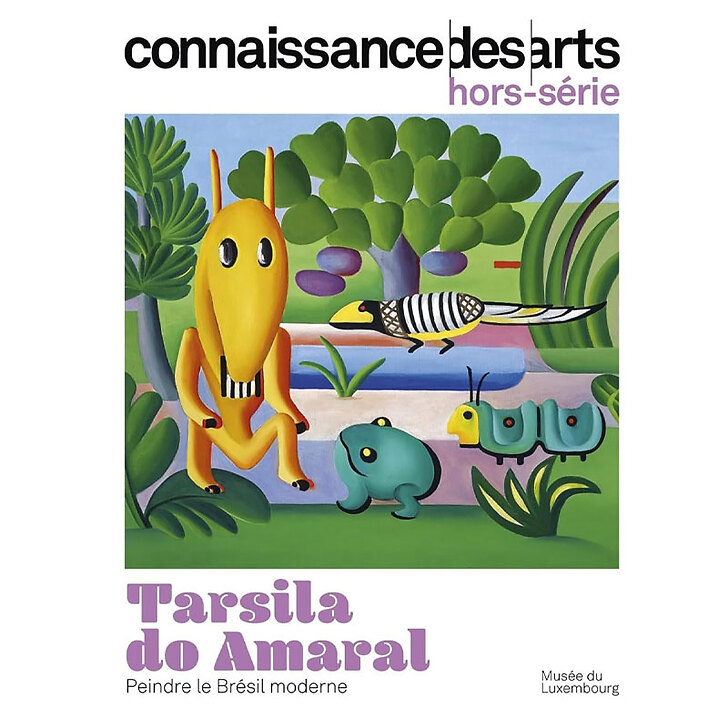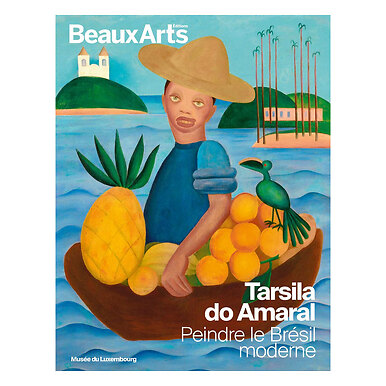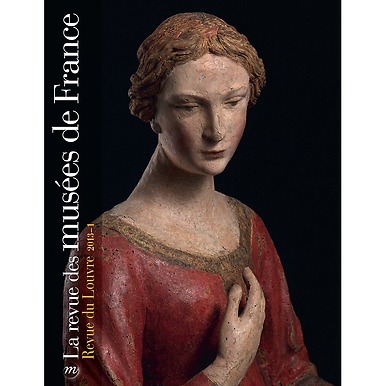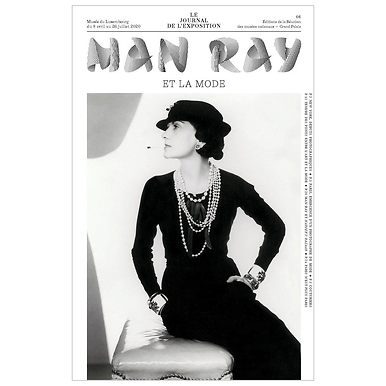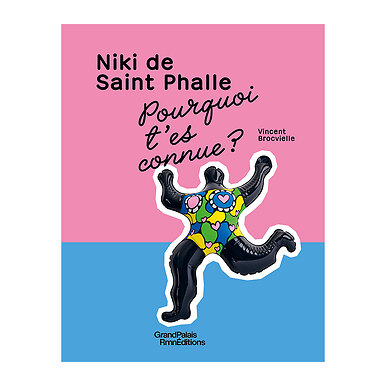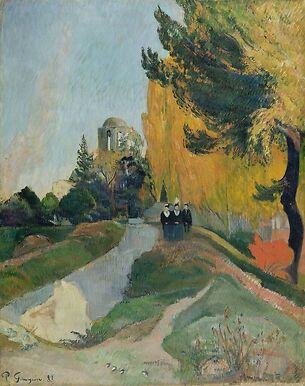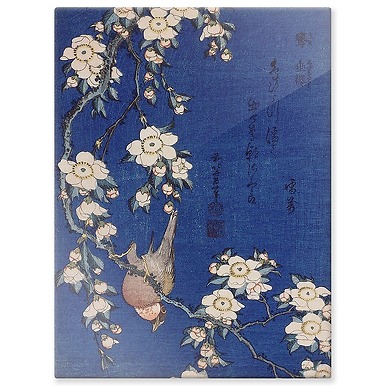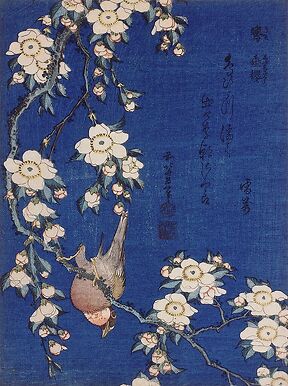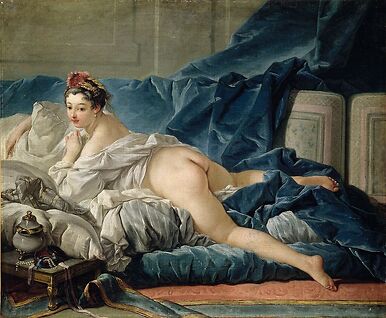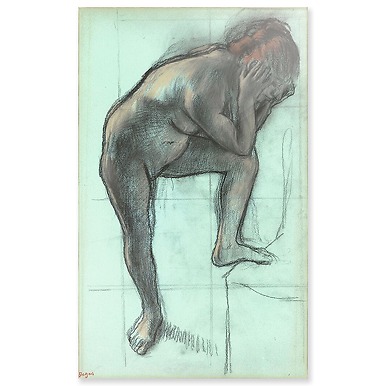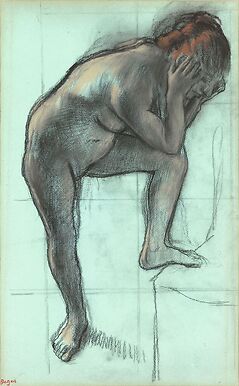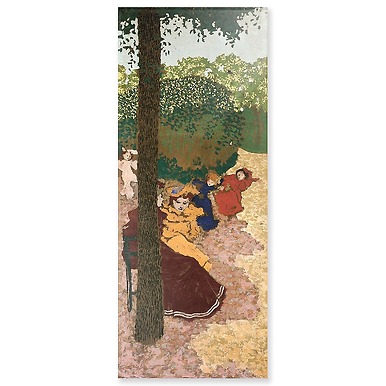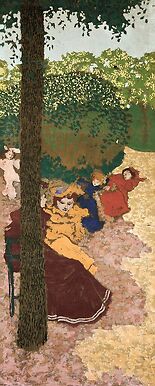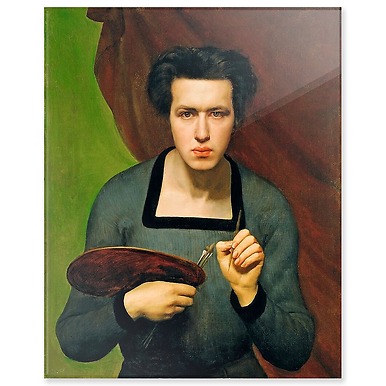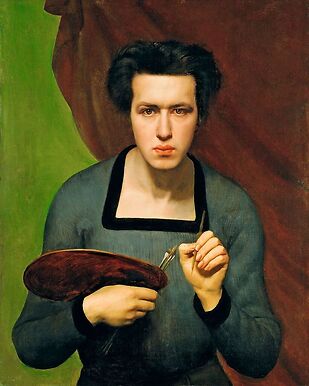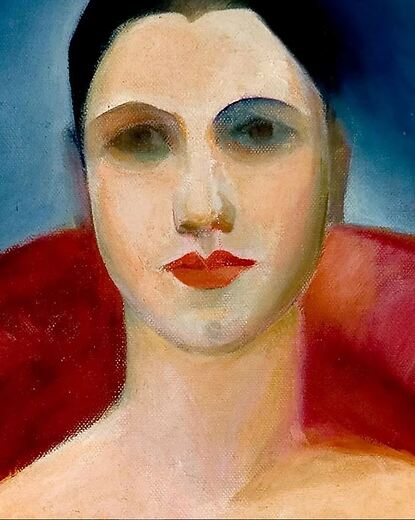Connaissance des arts Special Edition / Tarsila do Amaral. Painting modern Brazil - Musée du Luxembourg
MX029880
WRITTEN IN FRENCH
The Musée du Luxembourg is hosting the first retrospective in France devoted to the Brazilian painter, Tarsila do Amaral (1886-1973). Widely recognized in her home country, she is one of the central figures of Brazilian modernism. This special issue looks back at the life and work...
Read more
WRITTEN IN FRENCH
The Musée du Luxembourg is hosting the first retrospective in France devoted to the Brazilian painter, Tarsila do Amaral (1886-1973). Widely recognized in her home country, she is one of the central figures of Brazilian modernism. This special issue looks back at the life and work of this artist who, after being influenced by Cubism during her stays in Paris in the 1920s, developed a personal language based on the indigenous imagination. The political and militant realism that characterizes her works of the 1930s was then succeeded by a dreamlike gigantism, which would evolve towards an almost abstract geometrization.
Interview, studies of the work, practical information... This special issue is a richly illustrated presentation of the exhibition "Tarsila do Amaral. Painting Modern Brazil" at the Musée du Luxembourg (October 9, 2024 to February 5, 2025), in preparation for or as a complement to your visit!
October 2024
French
68 pages
Close
Sold by GrandPalaisRmn

